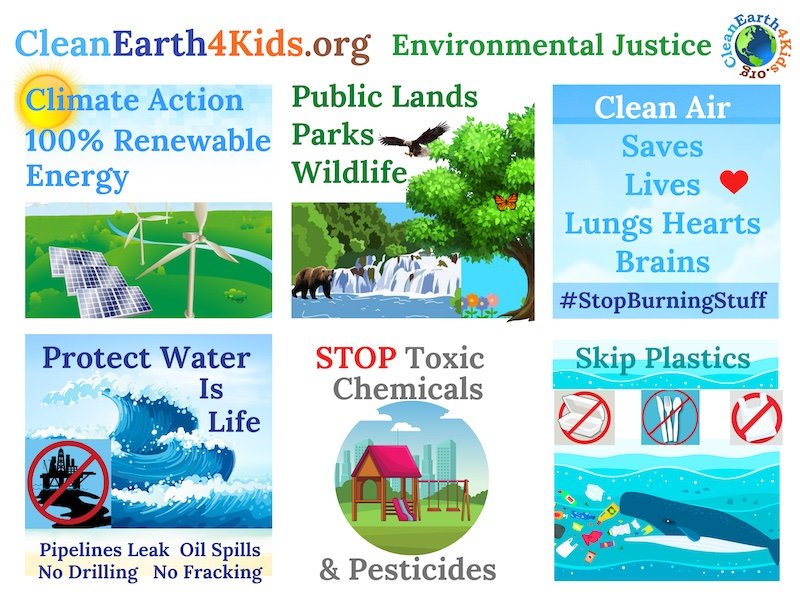Team 2: Plants, Pollinators & Organic Gardens/Farms
Insects and other animals are absolutely vital in pollinating plants. Without pollinators, plants don’t reproduce which means the food crops (wheat, apples, etc.), edible oils, medicines, and other products are at risk.
Real grass is for playing fields -not lawns. “Lawns are ecological deserts.”
Instead of lawns- Use native grasses, ground cover, native plants & trees #BeePesticideFree #WaterIsLife
Planting for Pollinators
Click here for articles on plant selection & the benefits of plants
California Funds Seed-Banking as Hedge Against Climate Change: seed banking is the long-term storage of seeds and plant cuttings to prevent permanent loss of species and genetic diversity
California Native Flowering Plants & Wildflowers
Commit to Keeping Your Garden Bee-Friendly
How We Can Save the Monarch Butterfly: One Office Campus at a Time
Nocturnal Pollinators: Scientists Reveal the Secret Life of Moths
Plants for Pollinators: USDA Natural Resources Conservation Service
When You Plan Your Garden, Think of the Bees
Wildflowers of the United States
Plant Selection
Easy Indoor Plants for Classrooms and Beyond
5 of the Best Plants For Your Classroom
10 Best Plants for the Classroom
10 Houseplants That Are Dangerous for Children and Pets
12 Reasons To Plant a Clover Lawn
Benefits of Plants
The Benefits of Plants in classrooms and Educational Facilities
Bringing the Outdoors In: Greenscaped Classrooms
Trees Improve Students’ Academic Performance
Cities Should Think About Trees as Public Health Infrastructure
Planting Trees at Disadvantaged Schools Can Improve Performance
Schoolyard Tree Cover Predicts Math Performance in High-Poverty Urban Schools














